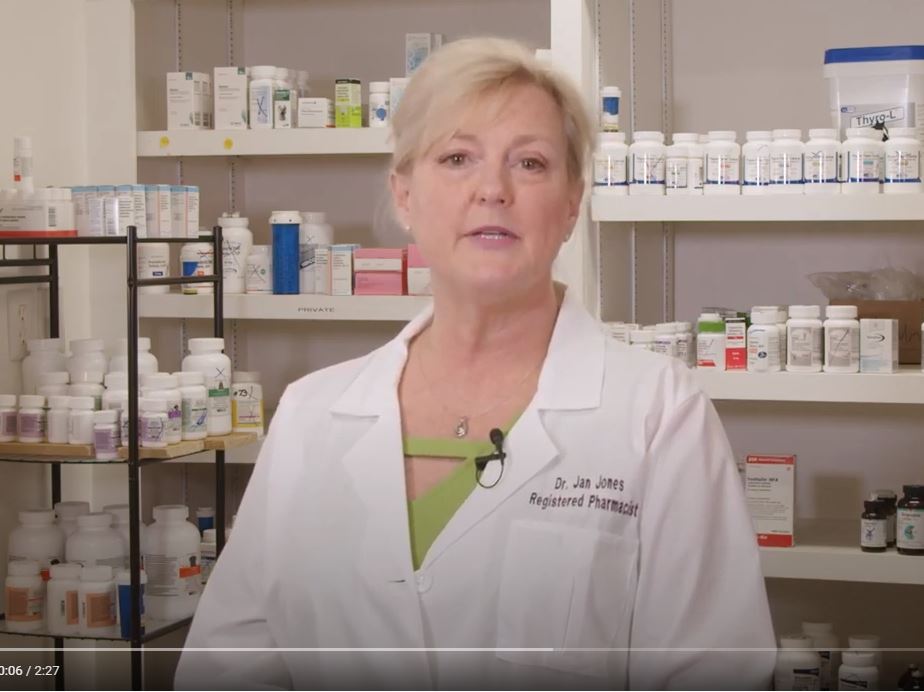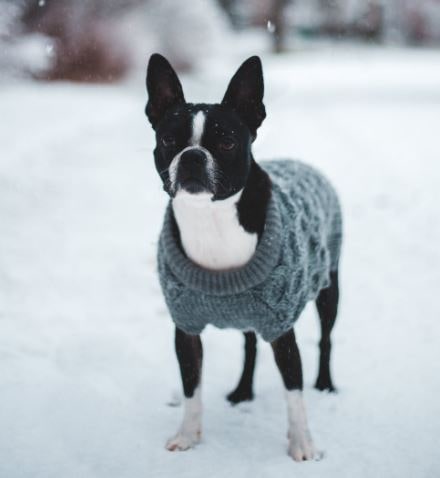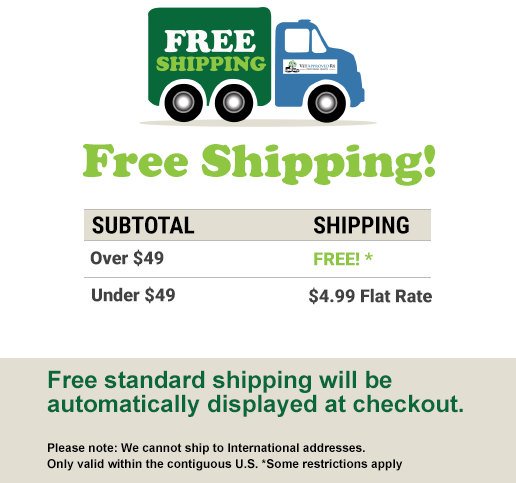No Bones About Joints
The most common problem with middle age to senior dogs and cats is arthritis or some type of joint problem. Just like people our pet’s need help taking care of their joints. Today, I want to share important facts and pointers on how to keep our pet’s joints healthy.
Did You Know?
- Dogs have about 319 individual bones
- Bones will vary in size and shape depending upon the breed.
- Cats have about 244 individual bones
- The number of bones will vary depending upon the length of their tail.
- Unlike humans, who walk on the soles of their feet, cats and dogs walk on their toes.
- While humans carry all of their weight on their hips, dogs carry 75 percent of their weight on their shoulders and front legs.
- In cats, the collar bone is small and may even be absent:
- If present, the collar bone is not attached to the main skeleton, which helps to narrow the chest to allow the animal to keep its legs and feet close together and offers increased flexibility and the ability to fit in tight spaces.
- This also enables the front legs to better absorb the shock of landing.
- The musculoskeletal system works together to provide stability and skeletal tightness, but in a cat, this system is less tightly connected, which helps to provide for their extreme flexibility!
Become Familiar with The Basics:
Musculoskeletal System
The joints are a part of the musculoskeletal system, which also consists of bones, ligaments, tendons, cartilage and muscles. This system has three general purposes:
- Support the weight of the body
- Maintain body position
- Produce controlled movements
Joints
When two bones come together they meet at the joint and provide for the range of motion in the skeletal system.
- Most joints have a cushioning pad of cartilage that works to protect the bones from the friction caused by everyday movement.
- When damaged by joint stress or trauma, these pads may deteriorate and inflame joint surfaces to cause pain and decrease mobility.
- Damage to the cartilage or structures in the joint often results in arthritis, a painful joint disease which is treatable, but has no cure, and typically progresses over time.
- Some joint issues are related to genetics.
Growth Plates and Young Puppies
What is a Growth Plate? Growth plates are soft areas that sit at the ends of the long bones in puppies and kittens.
Growth Plates contain rapidly dividing cells that allow bones to become longer. Growth plates normally close or fuse as a pet matures. In puppies, this closure is normally completed by approximately 12-18 months old.
Until the growth plates close, they’re soft and vulnerable to injury. Puppies and kittens that jump from high places or for toys can cause stress on the growth plates.
Injury to a growth plate can result in a misshapen or shortened limbs which, in turn, can create an incorrect angle to a joint which can make the puppy more prone to yet more injuries or arthritis when he grows up.
4 Tips for Maintaining Joint Health and Reducing Joint Issues
#1. Overweight animals are more likely to develop joint problems
- Veterinarians can provide answers to questions regarding a pet’s appropriate weight.
- Consult with your veterinarian about a pet’s dietary needs, for example:
- Young animals need a diet balanced for the age and breed.
- Unbalanced diets that cause the animal to grow too quickly can lead to excessive stress on cartilage and may cause future joint issues.
- Diets with an imbalance in the calcium to phosphorous ratio in growing animals can result in metabolic bone diseases which will affect joint health.
- Older animals need a diet that is nutritionally balanced for their age, and one that helps to maintain good body condition and weight.
- Dietary supplements
- Consult with a veterinarian about the possible need for a supplement that supports joint health and mobility in your pet, such as: Feline RJ+, Vitality Joint Support, Dasuquin, Rejuvenate Plus
- Glucosamine: supports joint health, increases mobility and decreases pain.
- Omega 3 fatty acids: helps to ease joint pain by reducing inflammation.
- Consult with a veterinarian about the possible need for a supplement that supports joint health and mobility in your pet, such as: Feline RJ+, Vitality Joint Support, Dasuquin, Rejuvenate Plus
- Exercise
- Consult with a veterinarian to establish an exercise regimen that:
- Looks at the pet’s current overall health.
- Considers the pet’s issues with joint pain, arthritis and overall health.
- Promotes an exercise plan that is appropriate for the pet; for example, moderate and low-impact exercise like walking and swimming for older animals.
- Consult with a veterinarian to establish an exercise regimen that:
- Help reduce joint strain
- Everyday movements, such as jumping and climbing, can cause joint strain. Here are 3 things to do to prevent joint strain for the pet:
- Consider using pet ramps or pet stairs for getting on/off of beds and couches, and in/out of vehicles.
- Cover floors with rugs or carpet to protect the pet from injuries caused by slipping.
- Provide the pet with a place to rest that helps to keep joints warm.
- Everyday movements, such as jumping and climbing, can cause joint strain. Here are 3 things to do to prevent joint strain for the pet:
Not all joint issues are preventable, but keeping your pet at the right weight and in good body condition will definitely help to avoid some. Maintaining a good diet and providing the proper exercise can reduce the amount of discomfort they could otherwise experience if they suffered from poor joint health issues.
To Your Pet’s Good Health,
Dr. Barry






